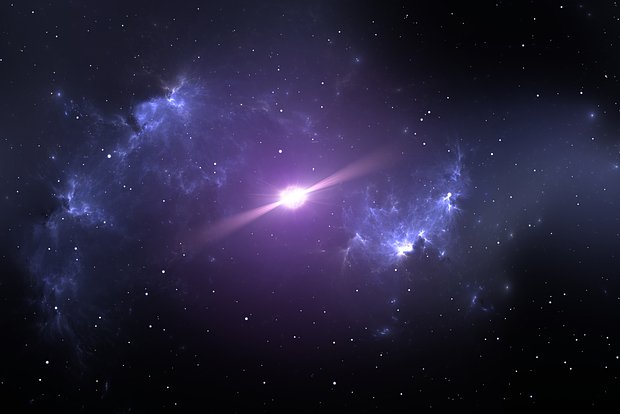Estimated reading time: 2 minutes
Astronomers from the Physical Research Laboratory in India have conducted a detailed observation of the super-bright X-ray pulsar Swift J0243.6+6124 and have identified some unusual features in its behaviour. The results of the study have been published on the arXiv preprint server.
It is worth noting that ultra-luminous X-ray sources (ULX) are point sources in the sky that emit an enormous amount of radiation in X-rays, exceeding the radiation emitted by a million suns at all wavelengths. Recent observations have shown that some ULXs emit coherent pulsations and are actually ultra-bright X-ray pulsars, rather than black holes as previously assumed.
In 2017-2018, NASA’s Swift spacecraft detected Swift J0243.6+6124 during a powerful X-ray flare, and it is considered the first galactic ULX due to its intense X-ray luminosity, reaching on the order of one duodecillion ergs per second. It is worth noting that the object has a companion star that donates matter.
Astronomers have observed flares from an ultra-bright X-ray pulsar
arXiv
Between June and September 2023, Swift J0243.6+6124 experienced a flare phase, which caused a modification to its pulse profile. As a result, scientists were able to identify that the pulsar has three distinct accretion modes.
Prior to this discovery, an international team of astronomers had already determined the suspected nature of the enigmatic cosmic source of very high energy radiation, 2FHL J1745.1-3035. This appears to be a pulsar wind nebula, which is believed to form as a result of the interaction between the pulsar’s charged particle wind and its surrounding environment.


